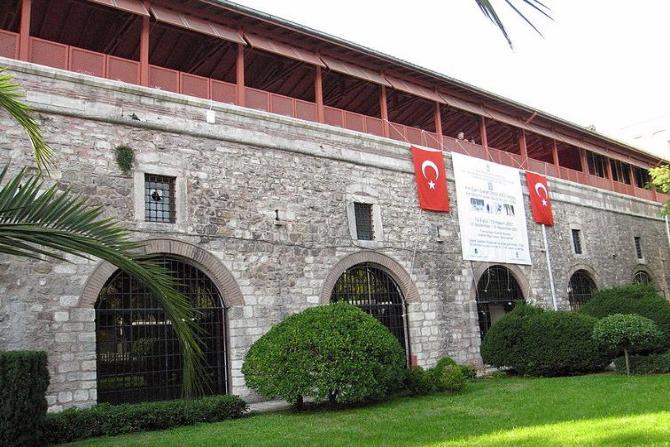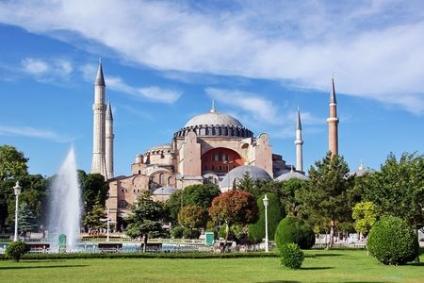This museum is housed in the former 16th century
palace of Suleiman the Magnificent’s Grand Vizier, Ibrahim Pasha. The museum
holds approximately 40,000 pieces spanning from the 7th to 19th
century. The items are displayed in sections including texts and manuscripts;
carpets and rugs; mining; glass and ceramics; wood work; ethnography; coins and
stamps and stone work. Most of the collection comes from pieces collected from
across the Ottoman Empire during the 20th century.
Among the highlights of the museum is a magnificent
collection of 1,700 carpets. There are also Holbein paintings, antique tiles
and pieces of 13th century Selcuk rugs. Other outstanding pieces include illustrated
Qurans from all the ruling Islamic states from the 7th century to
the 20th century. Among the glassware collection are pieces discovered
during excavations of Abbasid centers like Samarra and Raqqa in Syria. There is
also an illustration of how Turkish architecture changed from tents to 19th
century palaces. Through the displays you can learn about Turkey’s ethnic
groups and see examples of their art and everyday items through history. The
museum closed for renovations in 2012 and reopened in January 2015.












